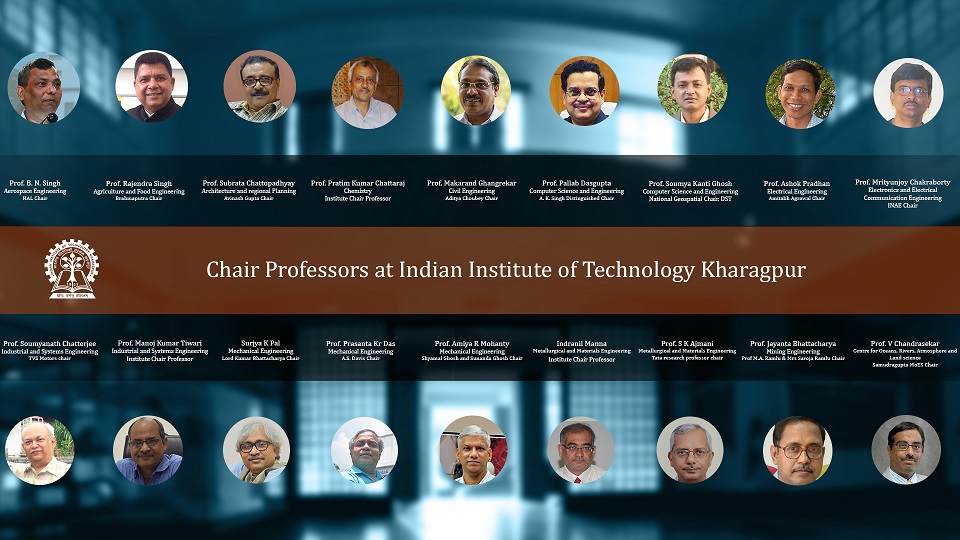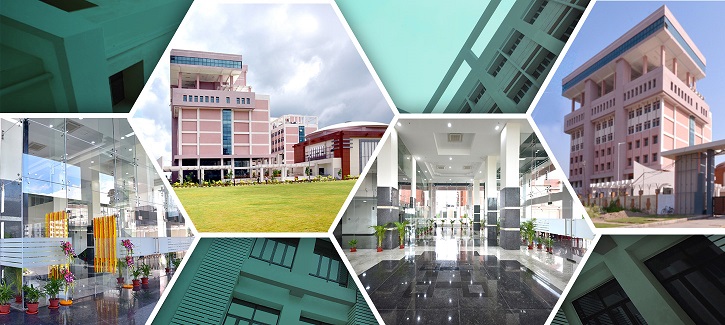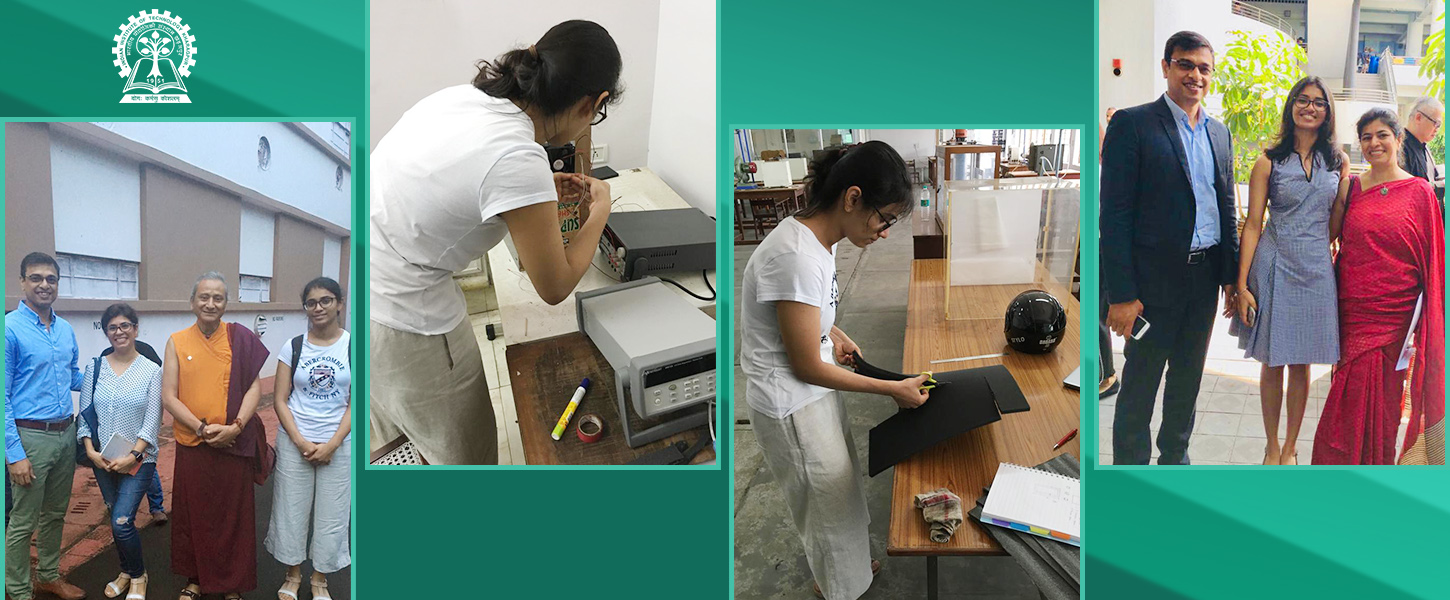
Higher Risk in Concentrated Business Control – VGSOM Researchers
Award-Winning Research from IIT Kharagpur’s Vinod Gupta School of Management Indicate Higher Risks with Family-controlled Firms In an award-winning research study conducted by faculty and alumni at IIT Kharagpur’s Vinod Gupta School of Management, the researchers have found that family and family control ownership is negatively related to firms’ profitability due to lags in management. The study is based on decadal data from 2007 to 2017 of 421 listed firms in emerging markets which have at least 5%-20% of the equity capital is owned by a family group including concert promoters. The results show that family-owned firms dominant with concentrated…



